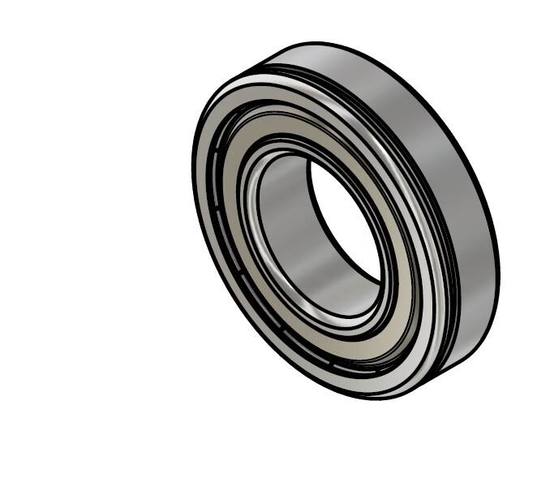Ceramic Ball Bearings Supplier: Your Guide to Reliable Global Sourcing

Introduction
Ceramic ball bearings have become critical components in aerospace, medical devices, and high-performance machinery due to their superior thermal stability and corrosion resistance. Global buyers face persistent challenges in identifying suppliers that balance ISO-compliant manufacturing with cost-effective solutions while mitigating supply chain disruptions.
Technical Specifications & International Standards
Premium ceramic bearings combine silicon nitride (Si3N4) or zirconium oxide (ZrO2) balls with stainless steel races. Key metrics include:
- ABEC 5/7 tolerance levels
- Operating range: -40°C to 300°C
- DN value: >1.5 million
Performance Comparison: Ceramic vs Steel Bearings
| Parameter | Ceramic | Steel |
|---|---|---|
| Friction Loss | 40% lower | Baseline |
| Service Life | 3-5x longer | 1x |
Certification Requirements
Verify supplier compliance with:
- ISO 9001:2015 QMS
- ANSI/ABMA Std 20
- RoHS & REACH
Supplier Audit Checklist
- Raw material traceability documentation
- In-house testing lab capabilities
- Custom clearance support history
Industry Outlook
The global ceramic bearings market will grow at 6.8% CAGR through 2030 (Grand View Research). A German robotics manufacturer reduced maintenance costs by 32% after switching to our ISO-certified hybrid bearings.
FAQs
How to negotiate bulk pricing?
Request tiered pricing for 500 unit orders
What’s typical MOQ?
Standard MOQ: 50 units (customizable)
Do you provide custom coatings?
Yes – including FDA-grade lubricants
Export documentation included?
Comprehensive commercial invoices & HS codes provided
Quality warranties?
36-month performance guarantee
Payment terms?
30% advance, 70% before shipment
Download our bearing selection guide to compare technical specs across 12 industrial applications.




 13869596835
13869596835